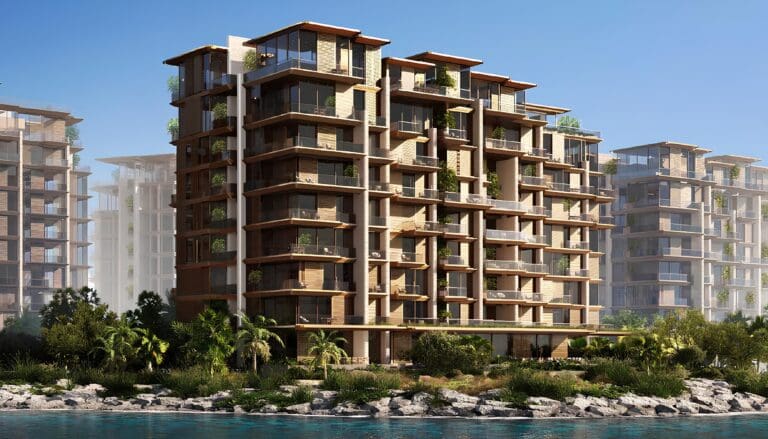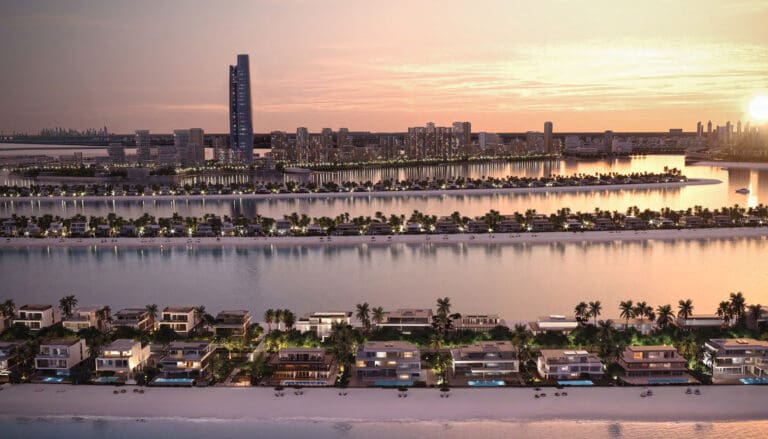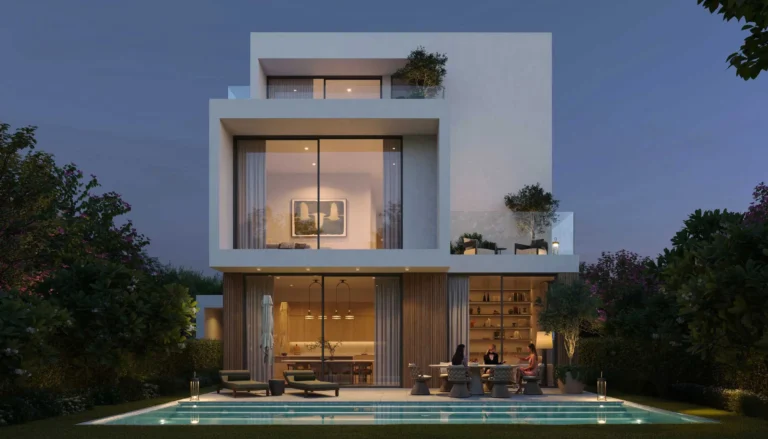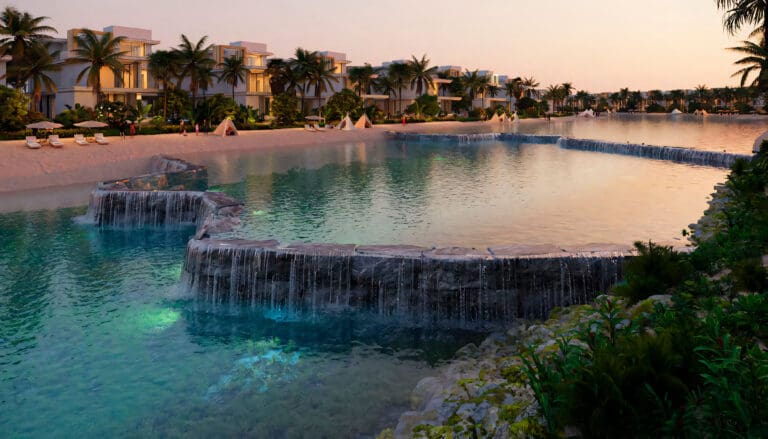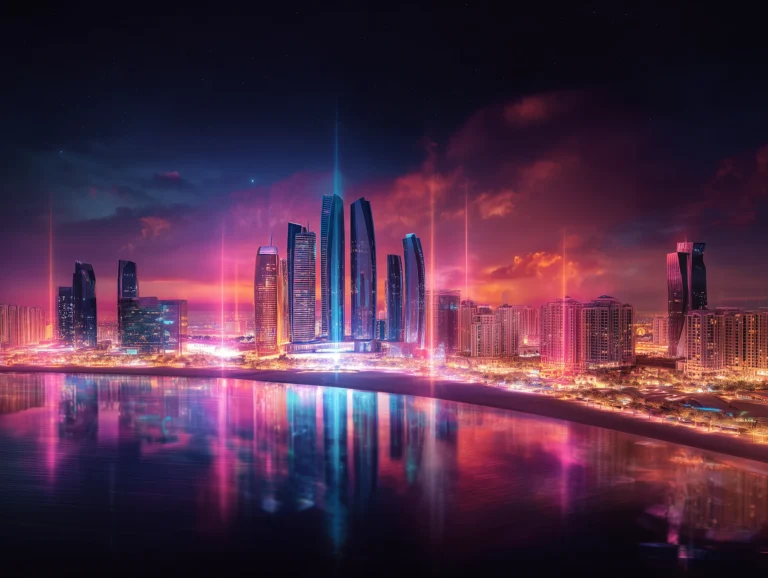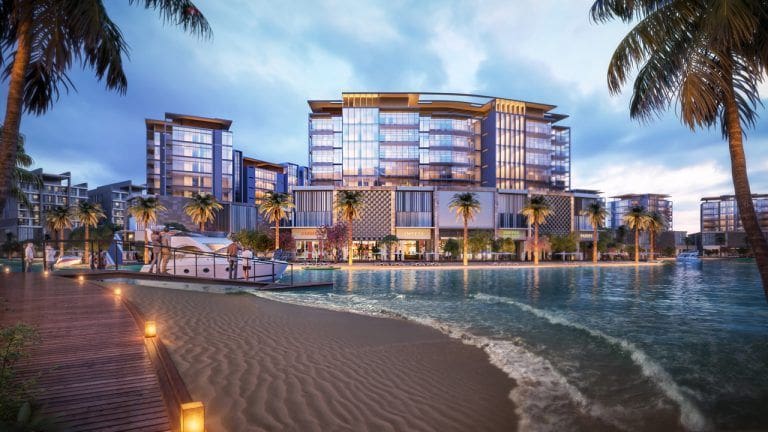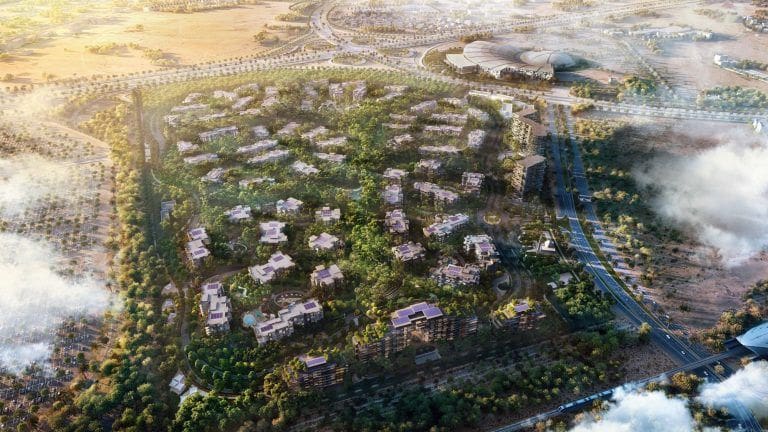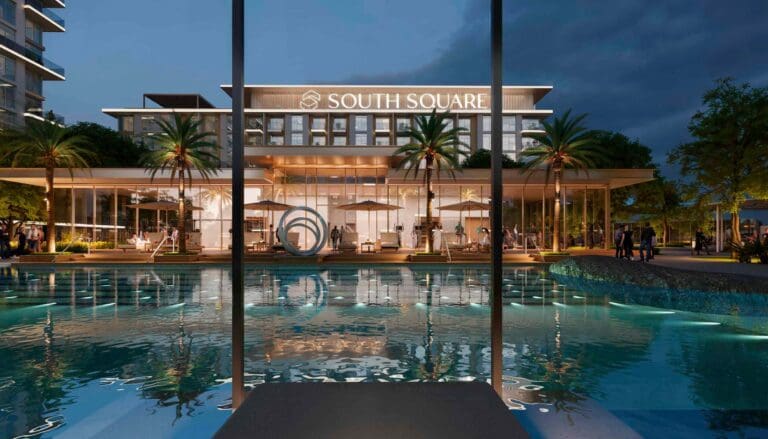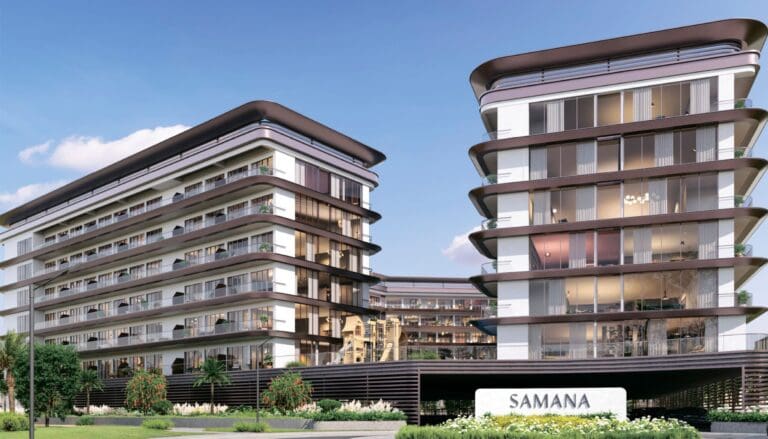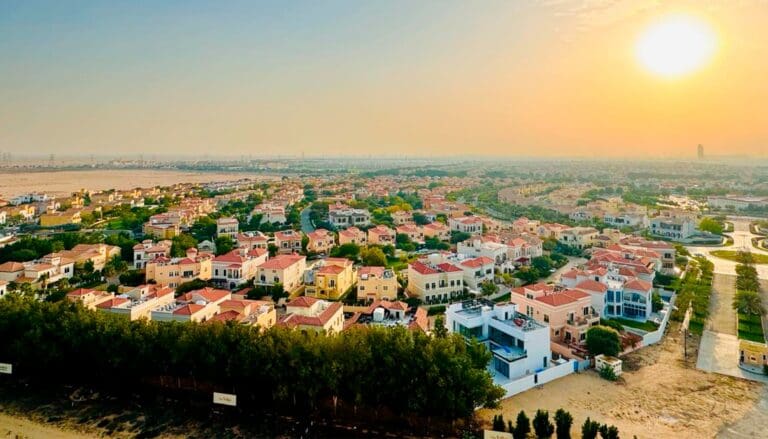Dubai Blue Metro Line announced
The newest addition to Dubai’s transport infrastructure, the Blue Line of the metro, was announced on Friday. This project will cost approximately AED 18B (USD 5B), span about 18.6 miles, connect nine new districts and provide direct links to Dubai International Airport. The Blue Line comes as part of Dubai’s major transportation initiative aimed at further streamlining and improving how people get around the emirate. It is expected to become operational in Autumn 2029.
Some of the exceptional features of the new metro line are as follows:
- first line to cross The Creek
- 14 new stations
- largest underground station at nearly 500,000 sq. ft
- first interchanges between the Red and Green lines
- uniquely designed ‘iconic station’
- compatible with green buildings regulations
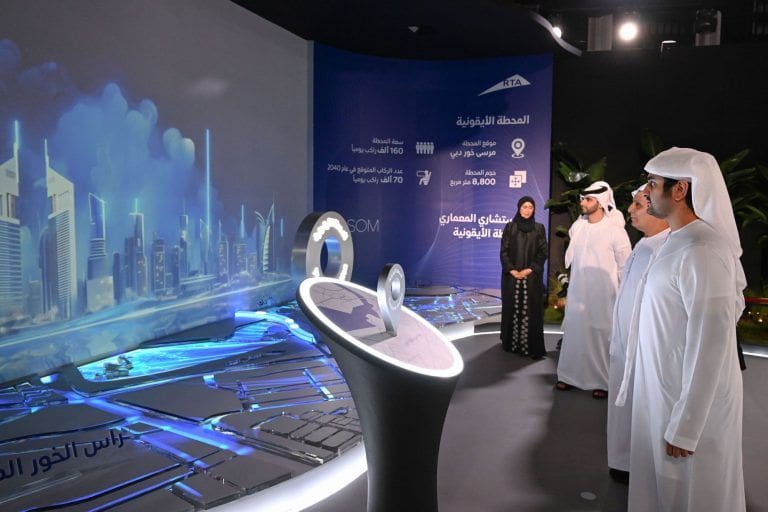
His Highness Sheikh Mohammed bin Rashid Al Maktoum is very optimistic about the project, touting the benefits of the new line to the progression of the city and the adherence to the Dubai Economic Agenda D33. The Blue Line is expected to transport over a million people per year, in addition to over 50,000 students, and decrease traffic congestion by 20% or more. The new districts it will serve include Dubai Creek Harbour, Ras Al Khor Industrial Area, Dubai International City 1, 2 and 3, Dubai Silicon Oasis, Dubai International Academic City, Mirdif City Centre and Al Warqaa.
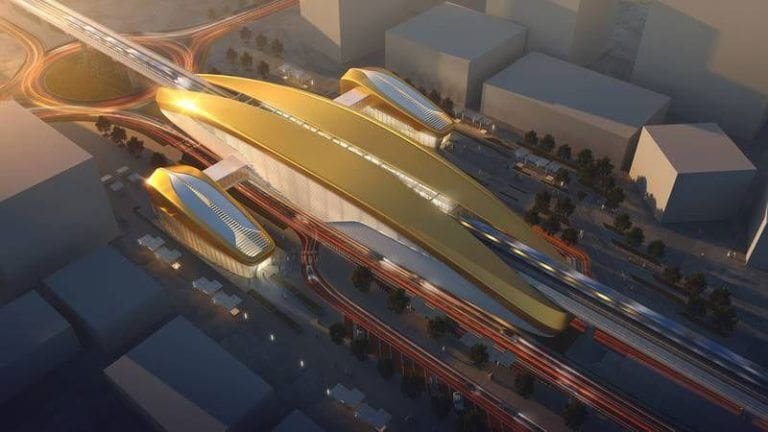
The Blue Line will stretch about 18.6 miles and make up two routes. The first will have 10 stops going from The Creek Interchange Station on the Green Line in Al Jaddaf, passing through Dubai Festival City, Dubai Creek Harbour, Ras Al Khor, Dubai International City 1, 2 and 3, and ending in Dubai Academic City. The second will have 4 stops and go from the Centrepoint Interchange Station on the Red Line in Al Rashidiya, pass through Mirdif and Al Warqaa and end in Dubai International City 1.
The expansion of the public transportation system, and overall investment into Dubai’s transport infrastructure, attracts even more real estate investment in the area and adds convenience to the lives of the residents and tourists. Neighbourhoods that were once only accessible by car or bus will now be easier and quicker to reach, thus increasing property value and demand for short- and long-term rentals.
Interested in this article?
Subscribe to receive news

